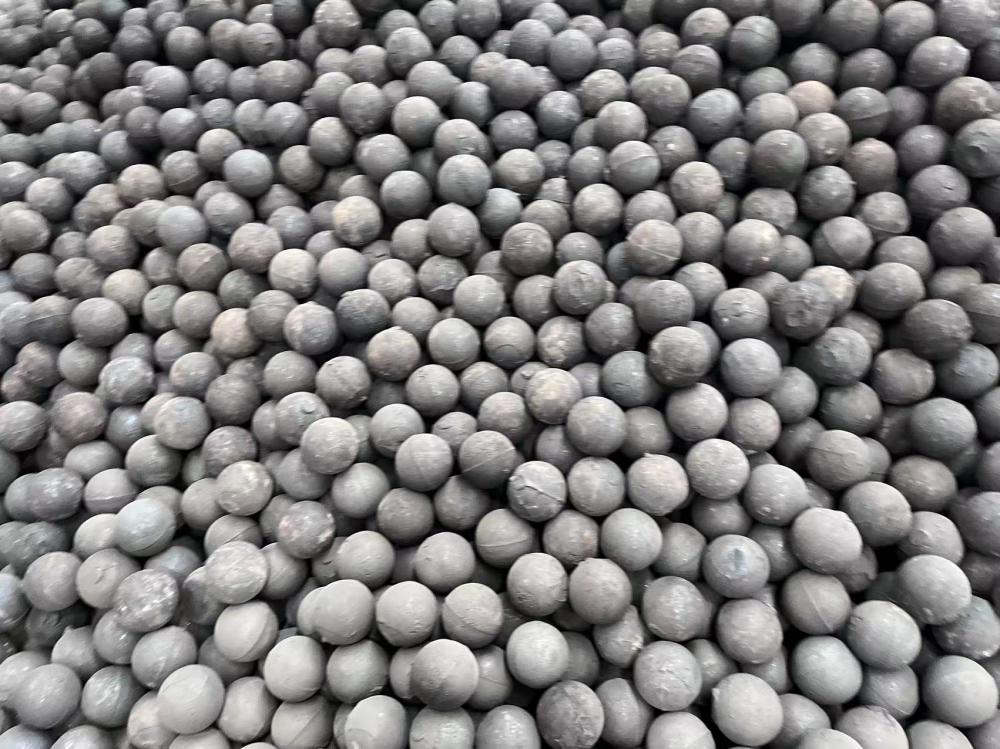In the future, the home industry must integrate resources with raw materials and auxiliary components, including hardware accessories. The industry should upgrade and adopt new e-commerce models to promote comprehensive development. With a strong voice, we can help the entire home industry expand globally.
However, one major issue is the lack of standardized materials in furniture door production. This has led manufacturers to choose large quantities of raw and auxiliary materials that are widely used across the furniture industry. While the government has strict testing standards for chemical materials like coatings and adhesives, these substances are not limited to furniture—they are also used in decoration, rail transit, footwear, and more. As a result, they receive higher attention from regulatory bodies.
On the other hand, materials such as wood, panels, leather, and fabrics also suffer from a lack of evaluation standards. Without clear national regulations, consumers struggle to judge the quality of the materials they purchase. The market is flooded with misleading claims like “all solid wood,†“100% pure solid wood,†or “premium imported leather.†These terms often lack support from authoritative organizations, leading to misinformation and consumer deception. This has contributed to past scandals like the "Da Vinci" incident and numerous quality-related controversies.
The reality is that domestic suppliers have the capability to produce high-standard, environmentally friendly materials. Unfortunately, most of these premium materials are still used in products targeting overseas markets. This is due to the strict product access standards set by foreign markets, especially in Europe, Japan, and the U.S. It highlights the importance of industry standards in shaping the overall development of the sector.
High-end and advanced materials require complex processes and costly raw materials, making them more expensive than common alternatives. These materials are rarely replaced at the end of the product lifecycle. As a result, many small and medium-sized enterprises tend to go for cheaper options. Moreover, since the second half of last year, the real estate market downturn has led to a significant drop in furniture companies' material purchases. Many raw material suppliers have seen a 30% reduction in shipment volumes, which poses a major challenge when promoting high-tech materials.
There's also a common misunderstanding among consumers—referred to as "Chongyang" (a term meaning overvaluing foreign products). Consumers often favor imported products or those made with imported materials, leading to higher prices for foreign furniture compared to domestically produced ones. In response, many manufacturers emphasize the "foreign heritage" of their materials, using signs like “imported leather†or “imported solid wood†in stores. Even purchasing guides tend to favor products made with imported materials.
In reality, many foreign brands source their materials from China. For example, brands like BMW and Mercedes-Benz are largely manufactured locally, yet they command much higher prices in the market. When it comes to wood, the differences stem from climate and geography, not necessarily from the superiority of imported wood over local varieties.
Blindly favoring imported products has become a misconception in mid-range consumption. Meanwhile, some Chinese coating and chemical companies are technologically comparable to international competitors, even surpassing some foreign brands in exports and market share. The only gap lies in brand recognition, which takes time and history to build.
Despite this, domestic products offer a better price-to-performance ratio, which is a key competitive advantage for local raw material suppliers.
Wear-resistant Ball Mill Steel Ball

Wear-Resistant Ball Mill Steel Ball,Chromium Steel Ball,Wear-Resistant Chrome Ball,Grinding Media
Xuzhou Surun wear-resistant material Co., LTD , https://www.suruntools.com